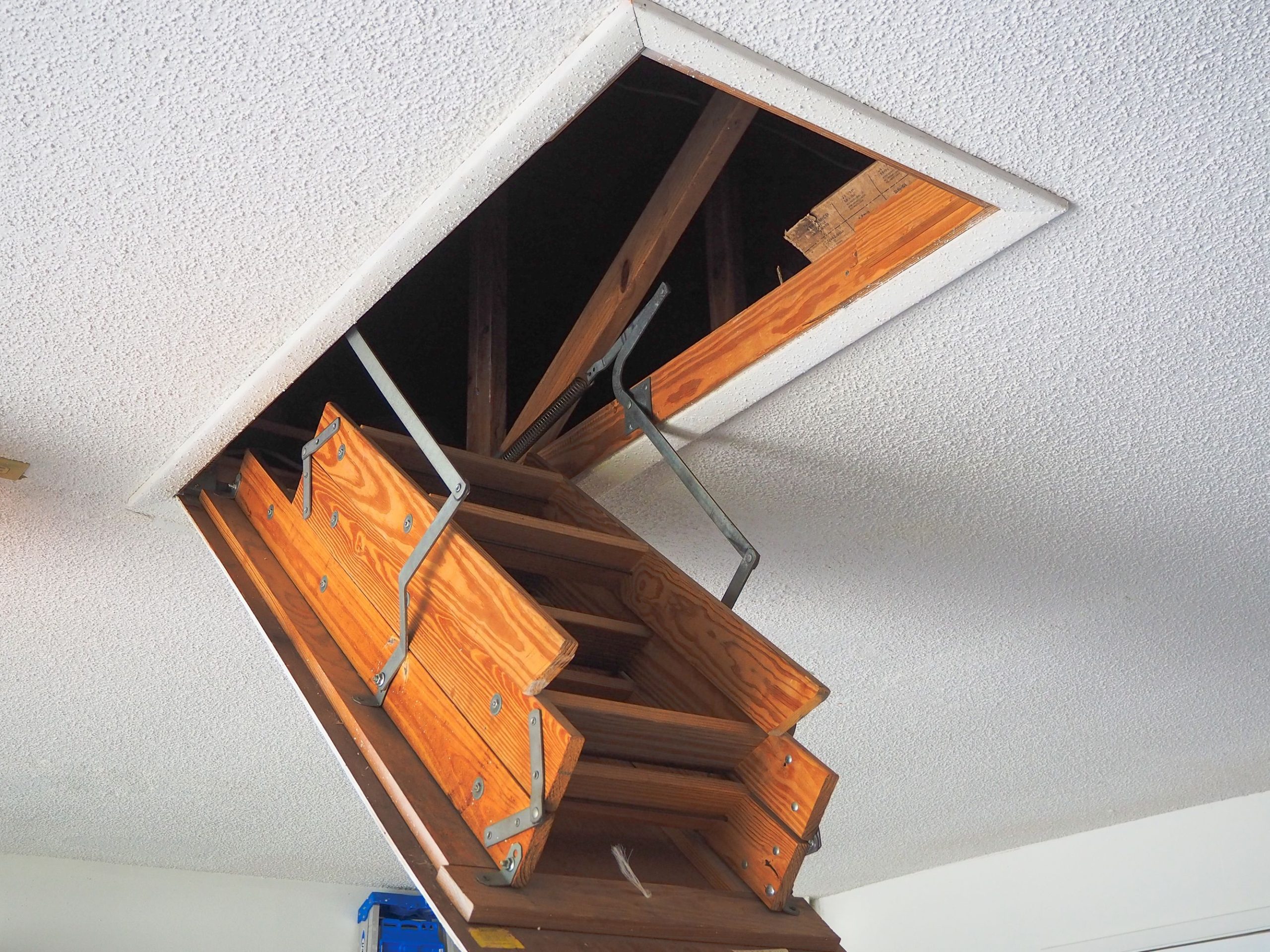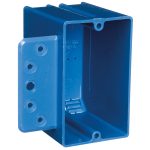Got an attic? It’s probably full of potential, but accessing it shouldn’t be a struggle. This guide covers everything you need to know about attic doors and ladders, from selecting the right system to safe installation and maximizing your attic’s potential. Ready to transform that underutilized space? Let’s get started.
Choosing Your Perfect Attic Access
An attic door with ladder offers a fantastic way to make your attic more accessible. Let’s explore the options for finding the perfect system for your home.
Ladder Types and Materials
Picking the right ladder is crucial. Factors like frequency of use, budget, and available space all play a role.
- Folding (Scissor) Ladders: A budget-friendly and compact choice for occasional use. However, their steep angle might not be suitable for everyone.
- Telescoping Ladders: Adjustable and easy to store, these offer more flexibility than folding ladders and may be better for somewhat frequent use. They also tend to be sturdier.
- Sliding Ladders: Ideal for tight spaces, these slide out from the attic opening. Ensure adequate attic space for full extension.
- Electric Ladders: The premium option, offering motorized convenience for frequent use or those with mobility limitations. Professional installation, often involving an electrician, is typically required.
Choosing the right material is also important:
- Wood: Classic, sturdy, and relatively affordable, wood ladders may require periodic maintenance.
- Aluminum: A popular choice due to its lightweight, durable, and rust-resistant nature.
- Steel: Offering maximum strength for heavier loads, steel ladders are the heaviest option, potentially complicating installation.
Essential Features for Safety and Efficiency
Consider these important features:
- Insulation: An insulated attic door with a high R-value significantly improves energy efficiency.
- Handrails: Essential for safety, especially for those with mobility concerns.
- Easy-Open Mechanisms: Simplify attic access with features like spring-assisted hinges.
- Fire-Rated Doors: Enhance safety by slowing the spread of fire.
Measuring and Installation
Accurate measurements are critical:
- Measure the Rough Opening: Measure the ceiling opening’s width and length precisely.
- Match Ladder Length: Ensure the ladder’s length suits your ceiling height. Adjustable ladders offer flexibility.
- Check Weight Capacity: Choose a ladder that exceeds your anticipated load.
DIY or Professional Installation? DIY is feasible for some, but professional installation is recommended for complex setups, especially electric models. Be sure to check local building codes and permit requirements.
Trusted Brands
Reputable brands to consider include:
- Louisville Ladder: Known for sturdy aluminum models.
- Fakro: Offers a range of insulated attic doors.
- Werner: Provides a wide selection and quality construction.
Remember, research specific models and their features within each brand.
Maximizing Your Attic’s Potential
An attic can be much more than just storage. Consider its potential as a hobby room, home office, or even extra living space. Transform your unused attic space into a practical storage haven with these clever attic storage ideas.
| Feature | Description |
|---|---|
| Types | Folding, Telescoping, Sliding, Electric |
| Materials | Wood, Aluminum, Steel |
| Key Features | Insulation (R-value), Handrails, Easy-Open Mechanisms, Fire-Rated Doors |
Maintaining Your Attic Ladder
Regular maintenance, including inspections, lubrication, and tightening hardware, ensures your attic door and ladder system’s longevity.
Is an Attic Ladder Worth It?
An attic ladder is an investment that transforms an underutilized attic into functional space. It provides safe and convenient access, likely increasing your home’s resale value. Upgrade your access with a sturdy and stylish attic stair for easy and safe entry. Consider factors like your attic opening size, ceiling height, and anticipated load when choosing an appropriate ladder. An insulated door and ladder can improve energy efficiency.
| Material | Pros | Cons |
|---|---|---|
| Aluminum | Lightweight, durable, affordable | Can feel cold to the touch |
| Wood | Classic look, strong | Can be heavier, requires more maintenance |
| Telescoping | Compact, easy to store | Might have lower weight capacity |
| Insulated Door | Improves energy efficiency, regulates temp | Can be more expensive |
Installation can be a DIY project for those comfortable with tools, but professional installation is always an option for complex setups. Once installed, consider optimizing your attic with shelving and organization to create a storage room, play area, or even extra living space. This ongoing exploration might reveal unexpected storage solutions.
Do Attic Ladders Come with the Door?
Attic ladders do not automatically include a door (or hatch). While all-in-one kits offer the hatch, frame, and ladder together, you can also purchase components separately, offering flexibility. This allows for customization or replacement of individual parts. However, ensure compatibility when mixing and matching. Different ladder types (telescoping, folding, electric, fixed) offer various pros and cons.
| Ladder Type | Description | Pros | Cons |
|---|---|---|---|
| Telescoping | Sections slide into each other for compact storage | Easy to operate, requires less swing clearance | Can feel less stable than other types |
| Folding (Scissor) | Folds like a scissor | Sturdy, relatively easy to install | Requires more swing clearance than telescoping |
| Electric | Motorized operation | Convenient, ideal for accessibility needs | More expensive, requires electrical connection |
| Fixed | Permanent stairs to attic | Most stable, provides easy access | Takes up more space, more complex installation |
Consider your existing opening, DIY skills, budget, insulation needs, and ceiling height when choosing your attic access. Professional installation is recommended for complex projects, especially creating a new opening.
How Much Does it Cost to Install an Attic Access Ladder?
The average cost for professional attic ladder installation ranges from $340 to $1,240, averaging around $490, including materials and labor. DIY installation of a basic wooden ladder might cost around $300. High-end materials or complex installations can reach $2,300. Factors influencing cost include ladder length, material, labor rates, permits, and installation complexity.
| Ladder Type | Pros | Cons | Approximate Cost |
|---|---|---|---|
| Folding (Scissor) | Sturdy, durable; generally a good choice for frequent use. | Can be bulky and require more storage space when folded. | $150 – $400 |
| Telescoping | Compact and easy to store; retracts into itself. | May feel less stable than folding or sliding ladders. | $100 – $300 |
| Sliding | Smooth operation, disappears seamlessly into the ceiling. | Requires more overhead clearance in the attic space. | $200 – $500 |
DIY is cheaper, but professionals ensure proper installation and code compliance. Consider potential hidden costs like framing reinforcement or insulation. An attic ladder increases storage, potentially boosting resale value. Choosing the right ladder type (telescoping, folding, sliding) depends on your specific needs. Some experts believe a well-installed attic ladder even increases a home’s resale value. Remember, a proper attic ladder is a long-term investment in convenience, safety, and functionality.
- Are Bamboo Sheets Really Good? Uncovering the Pros, Cons, and Eco-Truths - November 20, 2024
- Asian Pear Trees: A Bud-to-Fruit Guide for Growing Your Own Crisp, Juicy Harvest - November 20, 2024
- Decoding Freestanding Tub Weights: A Material & Size Guide - November 20, 2024









